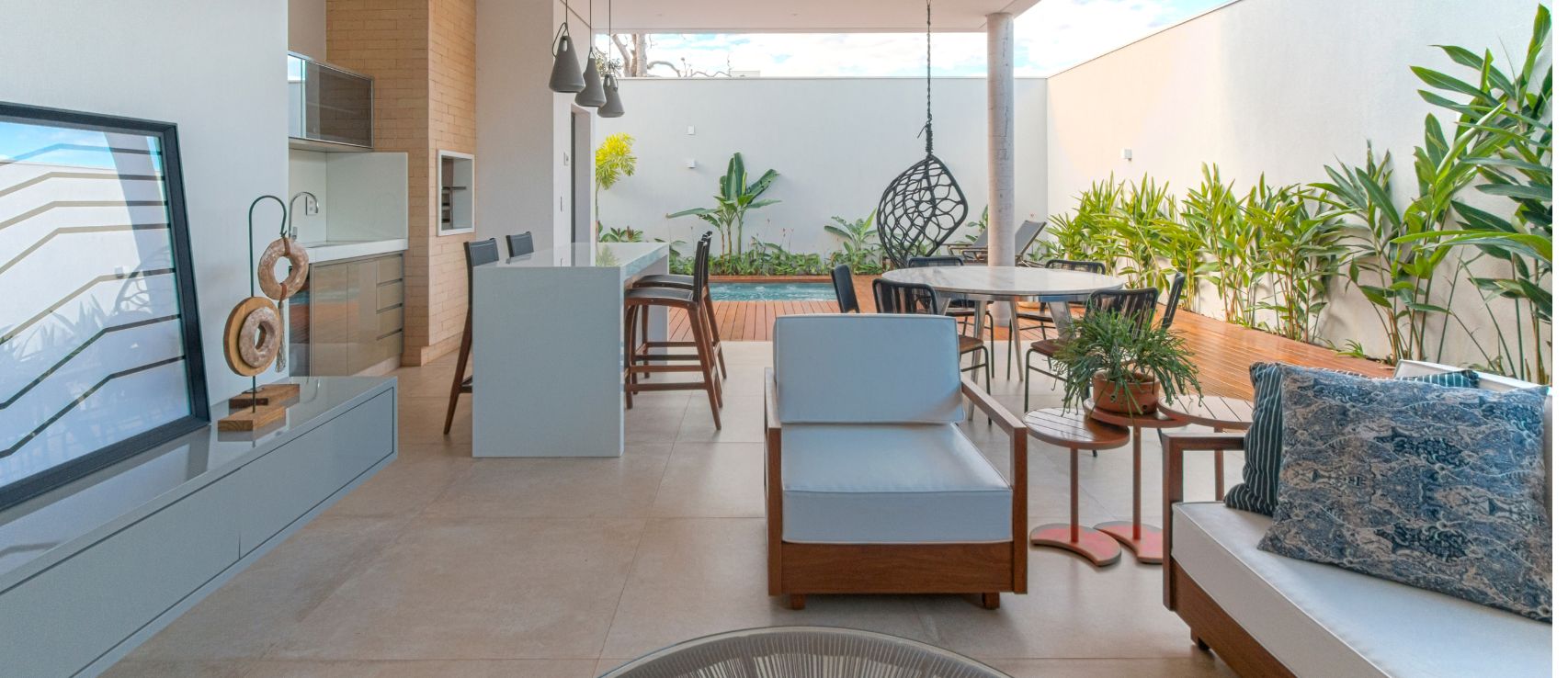
Saving money on insurance probably isn’t a hot topic at Saturday BBQs or weddings, but with prices rising and plenty of options out there, it’s worth a look. The good news? You don’t have to just accept whatever premium lands in your renewal notice—because let’s be real, that’s hardly the highlight of the year. There are ways to make smarter choices and potentially save while keeping the coverage you need. We’ve rounded up some practical tips to help you get the most out of your insurance.
How much money can you save on your insurance?
Our latest data from the Quashed Index highlights the significant range between the lowest and highest yearly premiums, showing that many consumers may find savings by comparing policies and making informed decisions.
Insurance Type | Lowest Yearly Premium (average) ($) | Highest Yearly Premium (average) ($) |
|---|---|---|
House insurance | $2,291 | $2,728 |
Contents insurance | $650 | $845 |
Car insurance: Comprehensive | $1,050 | $1,323 |
Source: Quashed, 31 December 2024. Premiums shown are averages and actual costs will vary based on insurer, coverage, excess levels, and personal factors such as age, location, and driving history. Savings are not guaranteed.
A great way to explore potential savings is by using Market Scan from Quashed to compare your current policy with others available in the market and switch to a cost-effective option that suits your needs.
Watch out for the loyalty tax—it could be costing you
Ever heard of the "loyalty tax"? It’s when insurers offer sweet deals to new customers while long-term ones end up paying more. Sticking with the same insurer might feel easy, but if you’re not checking your options, you could be missing out on serious savings.
This doesn’t happen with every insurer, but if you spot deals for new customers, it’s worth calling your provider to see if they’ll hook you up with the same discount.
Or, better yet, shop around. A quick way to check if you're paying more than you should? Run your policy through Market Scan—it compares your current deal against others on the market so you can make sure you’re not getting shortchanged.
Stop overinsuring
The higher your sum insured, the more you pay. It’s easy to overinsure without realising, which could mean spending more on premiums than necessary. Reviewing your sum insured regularly helps ensure you’re only paying for the coverage you actually need—without wasting money.
Example: the impact of overinsuring
Here’s an example of how overinsuring affects costs.
Location: Auckland
Excess: $500
Owner profile: Renter, female
Contents Sum Insured ($) | Yearly Average Contents Insurance Cost ($) | Savings By Reducing The Sum Insured ($) |
|---|---|---|
$150,000 | $713 | $0 |
$100,000 | $603 | $110 |
$75,000 | $554 | $159 |
$50,000 | $485 | $228 |
Source: Quashed. Note: Actual costs will vary depending on the insurer, policy coverage, sum insured levels, and location.
The cost of overinsuring
If your contents are insured for more than their actual value, you could be paying more than necessary for coverage you don’t need.
For example, if you insured $150,000 worth of contents but only need $50,000, you could be overpaying by $228 per year based on this data. Even adjusting your coverage from $150,000 to $100,000 could save you $110 per year.
How to set the right sum insured
To avoid overpaying, use online tools to estimate the value of your home and contents:
Cordell Sum Insured – Calculates home replacement costs.
Quashed Contents Calculator – Helps you list and total your valuables.
Trade Me’s Car Valuation App – A free tool for assessing vehicle values.
Taking a few minutes to check your sum insured could help you avoid overpaying and find savings.

Check your excess—it could save you money
Your excess is the amount you pay upfront when making a claim, and knowing how it works is key to managing your insurance costs.
Choosing a higher excess can lower your premiums, sometimes noticeably. If you can afford to cover a higher amount in the event of a claim, adjusting your excess could be a smart way to reduce your premium over time. Here’s how it works:
Location: Volkswagen Beetle
Sum insured: $18,000
Driver profile: Male, aged 35
Location: Christchurch
Insurance type: Comprehensive car
Excess ($) | Yearly Average Car Insurance Costs ($) |
|---|---|
$500 | $1,116 |
$1,000 | $878 |
Savings $ | $238 |
Source: Quashed. Note: Actual costs will vary depending on the insurer, policy coverage, excess levels, and individual risk factors such as age, location, and driving history
How much could you save?
Based on this example, increasing your excess from $500 to $1,000 could reduce your premium by around $238 per year. Actual savings will depend on your insurer, policy, and individual circumstances.
Just remember: a higher excess means you’ll pay more out of pocket if you need to claim—for example, increasing your excess from $500 to $1,000 means covering an extra $500 yourself before your insurer pays out.
Find the right balance
Wondering if adjusting your excess could reduce your premium? Find out with Quashed and see how different excess levels impact your premiums.

Pick the right insurance policy
Seems obvious, right? But finding the right policy isn’t always as straightforward as it sounds. The best value doesn’t always mean the cheapest policy—it’s about getting the right coverage for your needs. That means looking beyond price and focusing on policy benefits that actually matter to you.
Quashed’s Market Scan makes this easy by letting you compare both features and price. As you scroll through policy details, ask yourself:
Which benefits are valuable to me?
Are they worth paying more for?
What explains the price differences between policies?
It’s easy to overlook, but taking a moment to think about what you really need in a policy can make all the difference. Market Scan helps you compare policies side by side, so you can be confident in your choice.
Check if you’re already covered
Before signing up for a new policy, it’s worth checking if you’re already covered elsewhere.
This probably won’t apply to major policies like house, contents, or vehicle insurance, but for things like life, health, or income protection insurance, your employer might already have you sorted. A good place to start? Reread your employment contract—many workplaces offer these benefits, and you don’t want to pay for coverage you already have.
Another common source of insurance? Your credit card. Some premium cards include travel insurance or purchase protection—as long as you pay using your card. Check with your provider or browse policy details to see what’s included.
Need an easier way to check? Quashed lets you select your credit card and instantly see the insurance benefits it offers.
Consider Third-party, fire and theft car insurance
Switching from comprehensive cover to third-party, fire, and theft insurance can be a cost-effective option. Here’s an example:
Example: potential savings
Location: Toyota Landcruiser Prado
Sum insured: $13,000
Excess: $500
Driver profile: Male, aged 50
Location: Auckland
Insurance Type | Yearly Average Car Insurance Costs ($) |
|---|---|
Comprehensive car insurance | $967 |
Third-party, fire, and theft cover | $605 |
Savings from switching | $362 |
Source: Quashed. Note: Actual costs will vary depending on the insurer, policy coverage, excess levels, and individual risk factors such as age, location, and driving history.
Is Third-party, fire, and theft right for you?
Based on this example, switching from comprehensive insurance to third-party, fire, and theft could reduce costs by $362 per year. However, actual savings depend on factors like your insurer, policy details, and risk profile..
But before switching, consider the trade-offs:
Typically doesn’t cover damage to your own vehicle if you’re at fault—unless optional add-ons are included.
Excludes natural disasters like floods or storms.
Make sure the savings outweigh the risks before making the switch.
Change your payment frequency to yearly
Paying your insurance annually instead of monthly could reduce your costs, depending on your insurer and policy.
Let’s return to the same example: a 50-year-old male in Auckland with a Landcruiser Prado valued at $13,000 and a $500 excess. The table below outlines the costs for comprehensive car insurance:
Payment frequency | Yearly Average Car Insurance Costs ($) |
|---|---|
Monthly payments (over a year) | $1,065 |
One yearly payment | $967 |
Average savings from changing the payment frequency | $98 |
Source: Quashed. Actual costs will vary depending on the insurer, policy coverage, excess levels, and individual risk factors such as age, location, and driving history
As this example shows, switching to annual payments could result in savings of around $98, though actual savings will vary based on your insurer and policy.
However, paying annually requires a larger upfront payment, which may not be feasible for everyone. Be sure to check if the savings outweigh the financial commitment for your situation.
If it fits within your budget, switching to annual payments can be a simple way to cut costs—whether for things you enjoy or for a rainy day.
Consider bundling insurance policies
Bundling insurance means purchasing multiple policies from the same provider—often at a discounted rate. Common examples include combining car and home insurance or auto and life insurance.
Bundling may help you save on premiums, simplify billing, and give you a single point of contact for managing your policies—but it’s not always the cheapest option.
Before bundling, compare the total cost and coverage. Discounts may not always mean better value, so check whether bundling truly meets your needs (You can check out our tips on bundling here – it’s not always cheaper).
Ready to start saving on your insurance today?
Join 45,000+ Kiwis using Quashed to compare insurance quotes—all in one place.
Forget spending hours searching across different sites. Sign up for free, adjust your coverage, and see if you could save.
Further reading
Dive into these must-read articles and make insurance work for you—without the headaches.
Average costs of insurance: How much the car, house and contents insurance cost.
Ten Insurance Mistakes That Cost You Money: Avoid costly insurance mistakes.
Smart Ways to Slash Your Car Insurance: Tips to cut your car insurance costs.
Why Is Car Insurance So Expensive?: Understand what drives up premiums.
How to Compare House Insurance Quotes: Find the best cover for your home.
8 Budget Hacks for House Insurance: Easy ways to lower your premiums.
How to Lower Your Contents Insurance Premium: Cut costs while staying covered.
Comparing Insurance Costs for Top Cars in NZ: Compare premiums for popular cars.
Insuring Your Toyota Aqua: What to know about Aqua insurance.
House Insurance Guide: Key things to protect your home.
FAQs
Is switching insurance providers actually worth it, or is it just a hassle?
Switching insurance providers can help you save money, but it’s crucial to compare policies carefully before making a move. Some key factors to consider include:
New customer discounts – Some insurers offer lower rates to attract new policyholders.
Cancellation fees – Check if leaving your current provider early will cost you.
Policy coverage changes – A lower price may come with reduced benefits or exclusions.
Tip: Use a comparison tool like Quashed to weigh up pricing, coverage, and perks before switching.
Can I actually lower my insurance premium without reducing my cover?
Yes, you can lower your premium without cutting coverage by making smart adjustments. Here are some examples:
Increase your excess – A higher excess usually means a lower premium.
Bundle multiple policies – Some insurers offer discounts for combining home, car, and contents insurance.
Pay annually instead of monthly – Some providers charge extra for monthly instalments.
Tip: Always check if discounts apply to your specific policy, as terms vary by insurer.
Does bundling home, car, and contents insurance really save money?
Bundling insurance can save money, but it depends on the insurer.
What to check before bundling:
Multi-policy discounts – Some insurers offer 10–20% savings when bundling.
Competitor pricing – A standalone policy may still be cheaper elsewhere.
Coverage limits – Ensure bundling doesn’t result in reduced coverage or added exclusions.
Tip: Compare bundled and separate policies to see what works best for your situation.
How does my car’s market value affect my insurance cost?
Your car’s market value directly impacts your premium—higher-value cars cost more to insure.
Key considerations include:
Depreciation matters – As your car’s value drops, updating the agreed value can help lower your premium.
Insurer valuation methods differ – Some use market value, while others let you set an agreed value.
Repairs & theft risk – Luxury cars cost more to fix and attract higher premiums.
Tip: If your car’s value has dropped, check if lowering the agreed value can reduce your premium.
Is third-party car insurance a good way to save money?
Third-party car insurance is a cheaper option but comes with risks.
Pros:
Lower premiums – It costs less than comprehensive insurance.
Covers damage to other vehicles – If you cause an accident, third-party insurance covers the other driver’s repairs.
Cons:
No cover for your own car – If your car is damaged, you’ll pay out-of-pocket for repairs.
Limited coverage options – Some third-party policies don’t include theft or fire protection.
Tip: If your car isn’t worth much, third-party insurance could be enough—but weigh up the risks before choosing.
Do higher excesses really lower my premium?
Yes, choosing a higher excess usually lowers your insurance premium—but it’s not always the best move.
Things to consider before increasing your excess:
Potential savings – A higher excess can reduce premiums by 10–25%.
Affordability of claims – If you raise your excess too much, you might struggle to cover it in an emergency.
Insurer rules – Some providers have set minimum and maximum excess limits.
Tip: Choose an excess you can afford to pay if you need to claim
How often should I review my insurance policy?
Review your insurance at least once a year or whenever your circumstances change.
Key times to check your policy:
After major life events – Moving house, buying a car, or renovating can impact coverage.
When premiums increase – Compare other providers if your premium jumps significantly.
If market conditions change – Insurers adjust pricing based on inflation and risk factors.
Tip: Regular reviews help ensure you’re not overpaying or missing out on better coverage.
Do I need contents insurance if I rent?
Contents insurance isn’t required for renters, but it can help protect personal belongings against theft, fire, or accidental damage. Since landlords’ insurance typically only covers the property itself, renters’ insurance can be a cost-effective way to safeguard personal possessions.
Does improving my home security actually lower my insurance?
Yes, home security upgrades can lead to lower premiums—but savings vary by insurer.
Common security-related discounts:
Monitored alarm systems – Can reduce premiums by 5–10%.
Deadbolts and strong locks – Enhance protection and may qualify for discounts.
CCTV & security cameras – Some insurers offer price reductions for added surveillance.
Tip: Ask your insurer which security measures qualify for discounts before making upgrades.
This article provides general information only and does not constitute insurance or financial advice. Insurance policies vary between providers, and you should check with your insurer or a licensed adviser for guidance specific to your situation. For full details, refer to Quashed’s terms and conditions.

